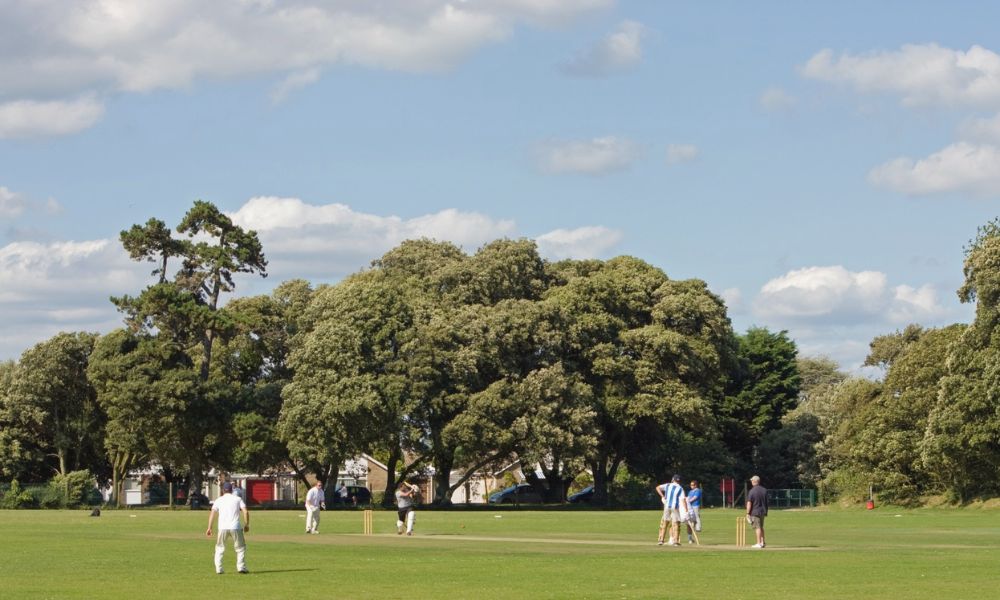The phrase “India vs Pakistan” evokes a range of emotions for millions of people. These two neighboring countries share a long and complex history, which translates into fierce rivalry across multiple fields – from politics to sports, with cricket being the most popular arena. The matches between India and Pakistan, especially in cricket, capture the imagination of fans worldwide and transcend the boundaries of sport to become moments of national pride. This article delves into the political backdrop, cricketing rivalry, and societal impact of the India vs Pakistan contests.
The Historical Background
The roots of the India-Pakistan rivalry can be traced back to the partition of British India in 1947, which led to the creation of two independent nations. Political tensions, border conflicts, and ideological differences have shaped the relationship between the countries. The division was accompanied by mass migrations, religious violence, and deep-seated resentment, leaving a lasting impact on bilateral relations. Since independence, the two nations have fought multiple wars and engaged in diplomatic standoffs, which fuel the competitive spirit in sports and other cultural exchanges.
This rivalry extends beyond the realm of politics, finding fertile ground in sports, especially cricket. In these contests, players carry the burden of millions of expectations, and every victory or defeat becomes a matter of national celebration or mourning.
Cricket: The Heart of the India vs Pakistan Rivalry
Though the two countries compete in many areas, it is cricket that truly embodies the India vs Pakistan rivalry. Cricket matches between these two nations are much more than just games – they are high-stakes battles where emotions run high, and every run, wicket, and boundary is celebrated with unparalleled enthusiasm. Here’s why the cricketing rivalry holds such significance:
1. High-Profile Encounters and World Cup Clashes
One of the defining features of India vs Pakistan cricket matches is the World Cup encounters. These matches often attract millions of viewers globally, with some estimates suggesting over a billion people tune in during critical encounters. A notable example is the 2019 World Cup match at Old Trafford, which broke viewership records, emphasizing the intensity and global appeal of this contest.
India has historically dominated World Cup meetings, winning all of their head-to-head clashes in both ODI and T20 World Cups. Despite this dominance, each encounter brings fresh hope and excitement for Pakistani fans, who believe that “this time” will be different.
2. Champions Trophy 2017: Pakistan’s Redemption
While India has enjoyed an upper hand in World Cup games, Pakistan’s victory in the 2017 ICC Champions Trophy final remains a moment of immense pride for their fans. In a stunning performance, Pakistan defeated India by 180 runs, silencing critics and demonstrating their prowess on the big stage. This victory symbolized Pakistan’s ability to rise to the occasion, despite challenges and odds stacked against them.
Sportsmanship Amidst Intensity
Despite the high-stakes nature of the rivalry, the players from both nations share mutual respect and often display camaraderie on and off the field. Instances of sportsmanship, such as the handshake between Virat Kohli and Mohammad Amir during the 2016 T20 World Cup or Shoaib Akhtar’s praise for Sachin Tendulkar, highlight the positive side of this intense rivalry. These moments remind fans that beneath the fierce competition lies a shared love for cricket.
The banter between players, media coverage, and fan interactions add an extra layer of excitement. Social media often becomes a battleground for fans, where memes, comments, and opinions dominate timelines before and after every India vs Pakistan clash.
Political Impact on Sports and Beyond
The political relationship between India and Pakistan has often spilled over into sports. Bilateral cricket series have been rare in recent years, largely due to diplomatic tensions and security concerns. Instead, the teams only meet in international tournaments, such as the Asia Cup or ICC World Cup events. This scarcity has heightened the anticipation for every encounter, as fans from both sides long for more frequent contests.
Political tensions have also led to moments when cricket became a symbol of hope. The 2004 India-Pakistan cricket series is remembered as one of the few occasions when the game acted as a bridge between the two nations, fostering goodwill and friendship. Similarly, sports diplomacy has been employed on various occasions to ease tensions, showing how cricket can be a unifying force.
The Role of Media and Social Narratives
The media plays a significant role in shaping the India vs Pakistan rivalry. Television channels, newspapers, and social media platforms extensively cover these matches, building hype long before the players take to the field. The rivalry generates not only TRPs for TV channels but also trends on social media platforms, with hashtags like #INDvPAK dominating discussions.
The narrative of “us vs them” often intensifies the rivalry, and media from both sides tend to play up differences, feeding into national pride and competitive spirit. However, it’s important to note that sports can also offer narratives of unity. Players like Shahid Afridi and Virat Kohli, for example, have expressed admiration for each other, promoting the idea that cricket is ultimately a game that should unite people.
Impact on Society and Cultural Identity
The India vs Pakistan rivalry is more than just a sporting phenomenon – it impacts societal and cultural identity in both countries. Victories and defeats resonate beyond cricket fans, influencing the collective mood of people. A win over the arch-rival is celebrated on a national scale, while losses can leave fans disheartened for days.
This rivalry also highlights the passion for sports in both nations, where cricket is not just a game but a way of life. Streets remain empty during matches, offices and schools see a drop in attendance, and people gather around screens to witness history unfold. Cricket offers an outlet for emotions, and moments of triumph become part of national folklore.
Conclusion
The India vs Pakistan rivalry is a unique blend of sports, politics, and culture. While the two countries continue to face political challenges, cricket serves as a powerful medium that brings people together, even if briefly. The rivalry encapsulates the shared history, emotions, and aspirations of millions of people. Whether on the cricket pitch or in other arenas, every India vs Pakistan encounter reminds us of the deep-rooted connections and competitive spirit that define this relationship.
As the two nations look ahead to future tournaments and potential political shifts, cricket will undoubtedly remain at the heart of this rivalry. And no matter the outcome, the India vs Pakistan rivalry will always capture the imagination of fans, proving that sports have the power to transcend borders and bring people closer, even amid fierce competition.




